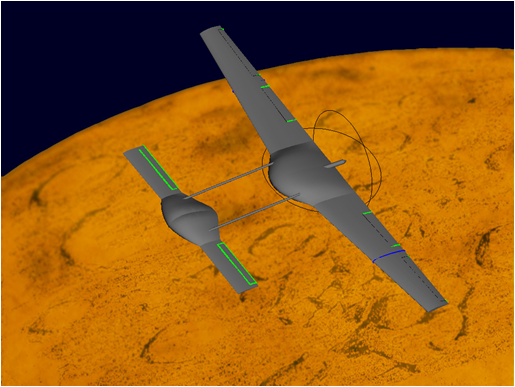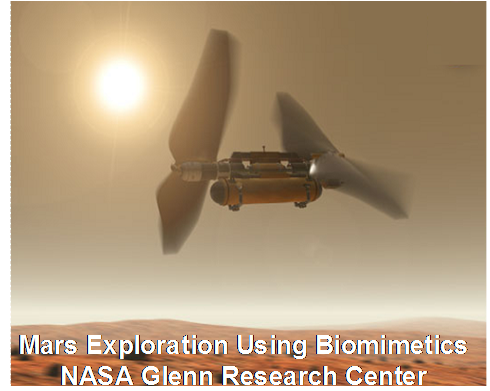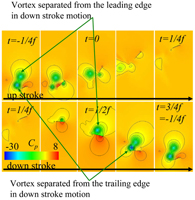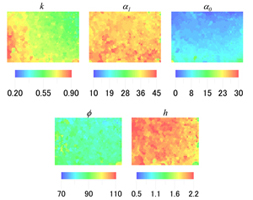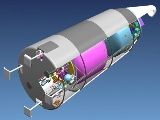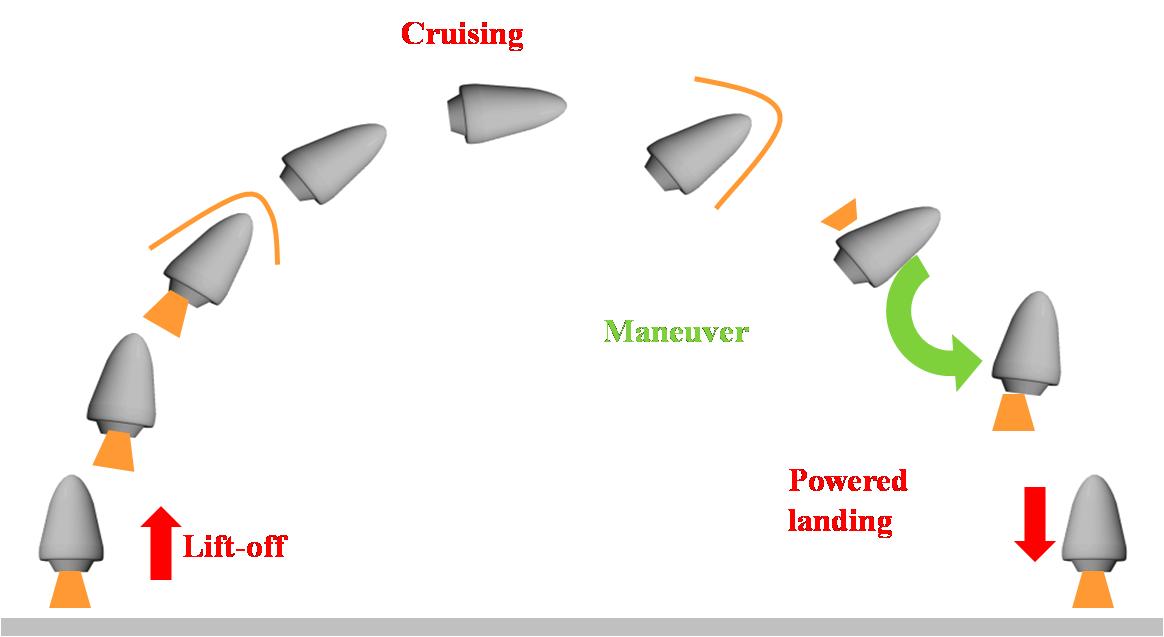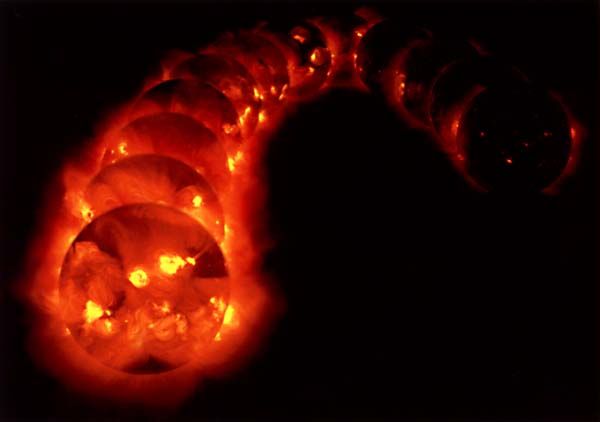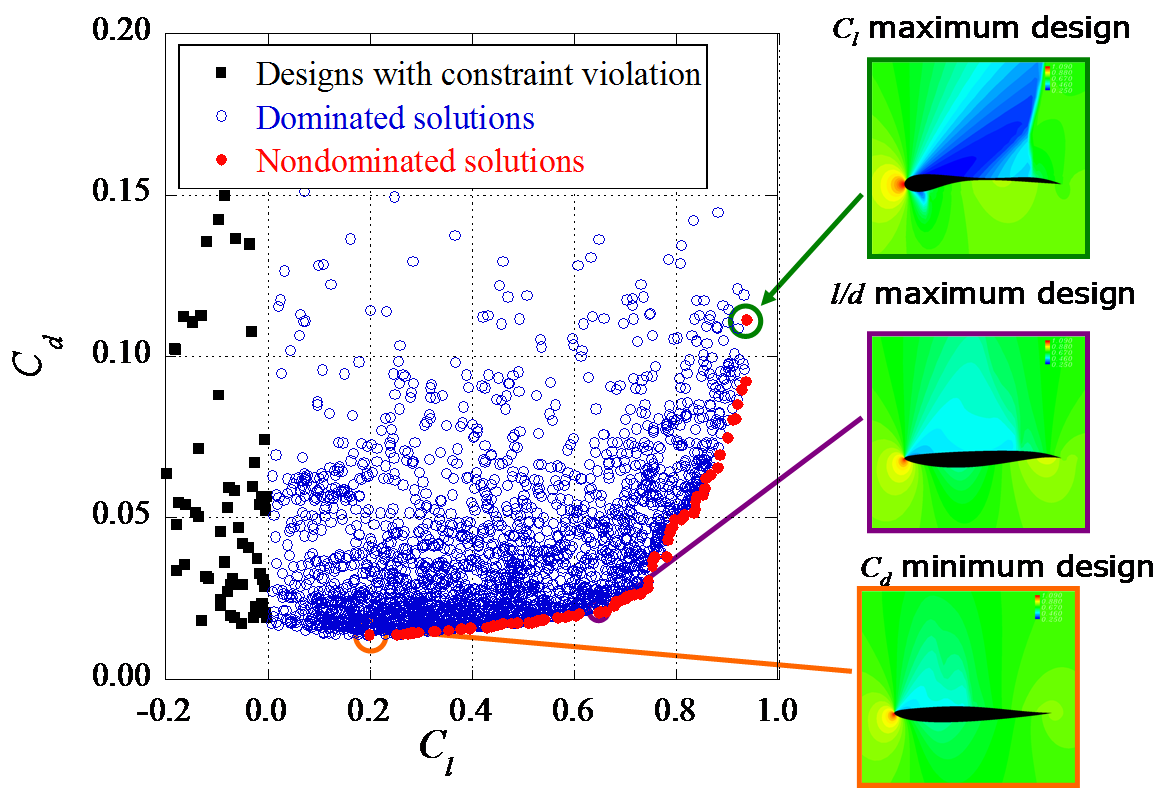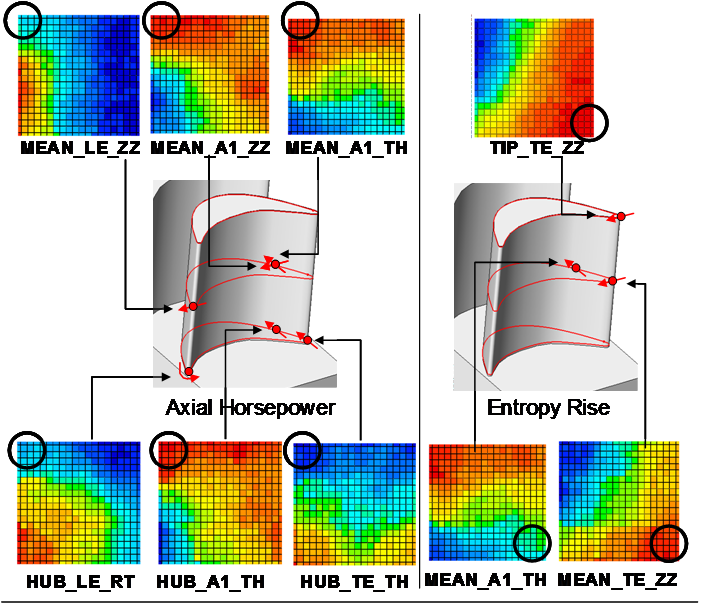Research at ISAS/JAXA Research at NASA GLENN RESEARCH CENTER Research at Tohoku University
Research at ISAS/JAXA
Many of them are collaborative work with Prof. Kozo Fujii@ISAS/JAXA
|
Aerodynamic
design of Mars airplane for the next Mars mission MELOS-1.(2009-) |
|
Research
on aerodynamics of flapping wing for future Mars exploration airplane
development (2004-) |
|
Aerodynamic
Design Exploration of the Reusable Sounding Rocket (2008-) |
|
Multiobjective
design exploration of trajectory of the next Japanese solar observation
mission SOLAR-C (2009-) |
|
Data mining
of Pareto-optimal solutions (2007-) |
|
Active flow
control using DBD plasma actuator (2006-) |
|
Conceptual
study of hybrid rocket using multiobjective design exploration
(2008-2010) |
|
Multidisciplinary
design
exploration of Turbopump of the next generation rocket engine LE-X
(2007-) |
|
Experimental
research on Mach number effect on flow over a delta wing with blunt
leading edge (2006-
2008) |
|
Reliability
improvement of JAXA's main rocket valves based on new design process
using information technology (2003-
2008) |
Research on
aerodynamics of reusable sounding rocket (2005-2007) 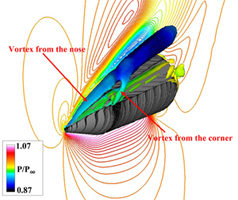 |
|
Aerodynamic design optimization of airfoil
for future Mars exploration airplane (2004-2006) |
|
Development
of Design for multi-objective six-sigma for efficient design approach
to obtain robust designs (2003-2006)
|
| Development of
Pareto-optimality-based constraint-handling technique for evolutionary
algorithm (2004-2005) |
Research at NASA Glenn research center
These are collaborative work with Dr. Meng-Sing Liou@NASA GRC
| Aerodynamic design
optimization of three-dimensional blade shape of axial-flow compressor
(2001-2003) |
| Aerodynamic design
optimization of multi-stage axial-flow compressor blade (2001-2002) |
| Conceptual design
optimization of turbopumps using multiobjective evolutionary algorithm
(2000-2001) |
